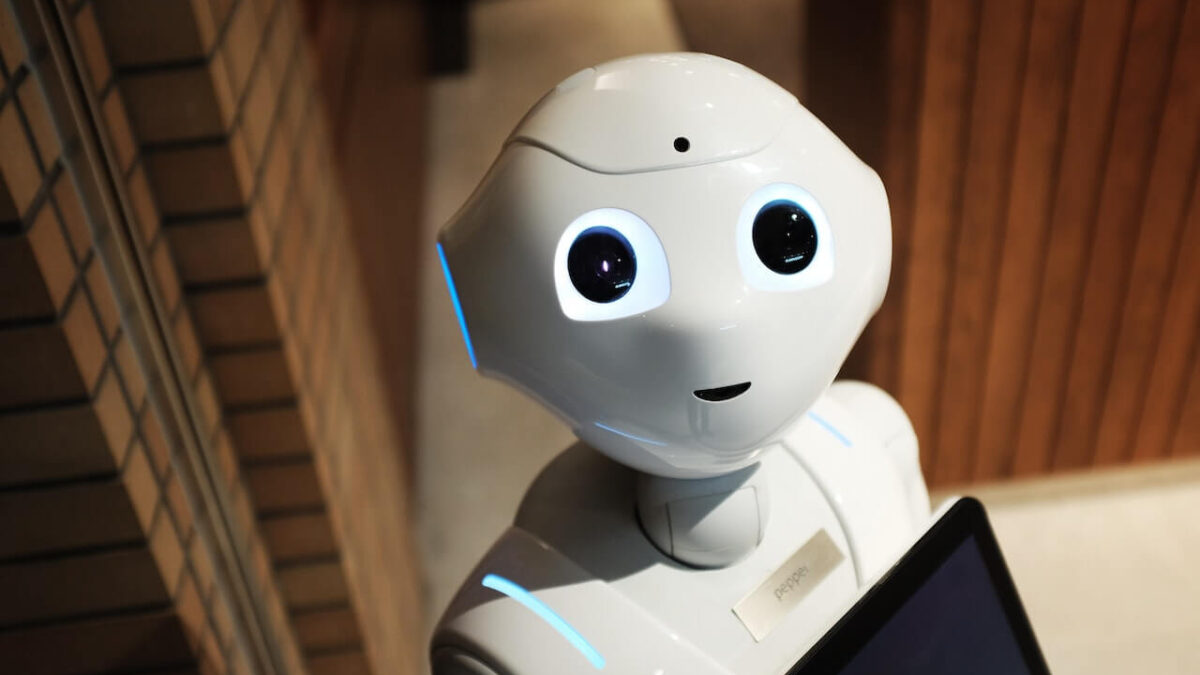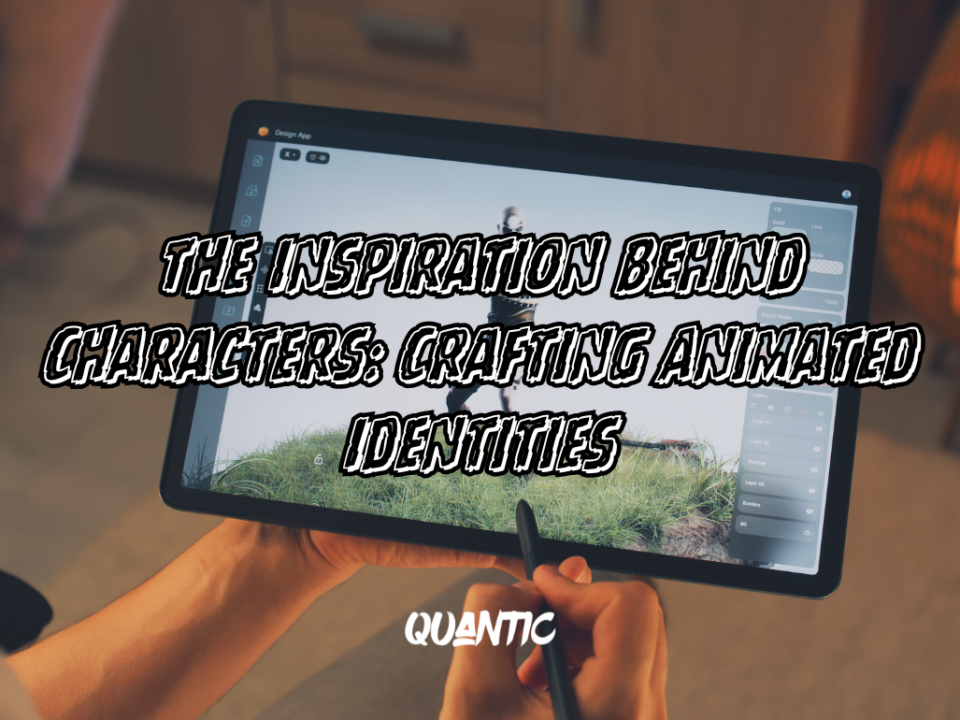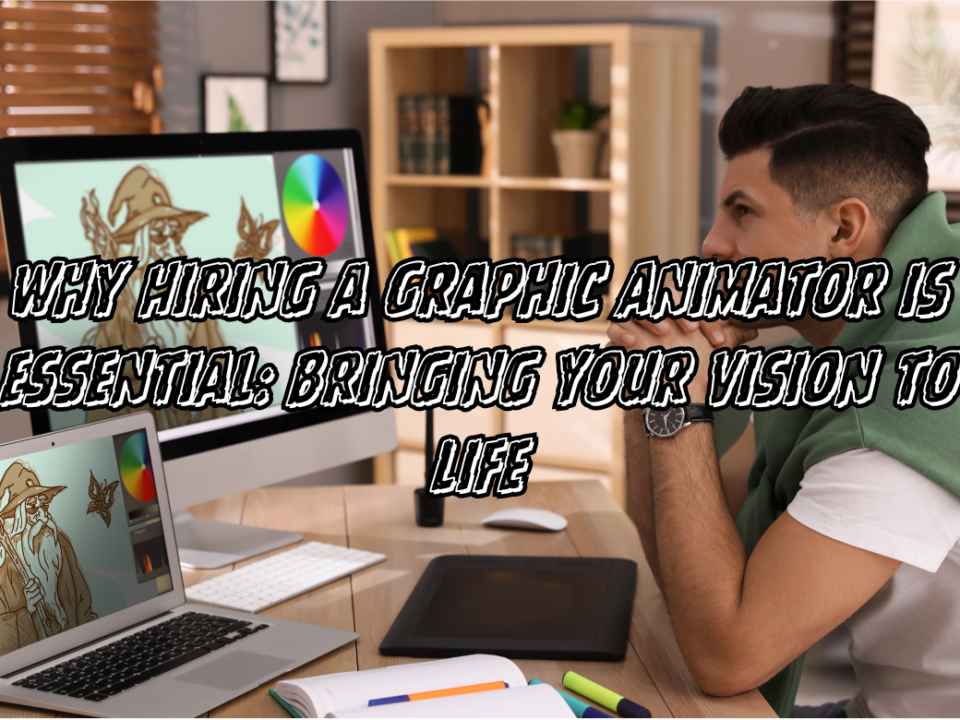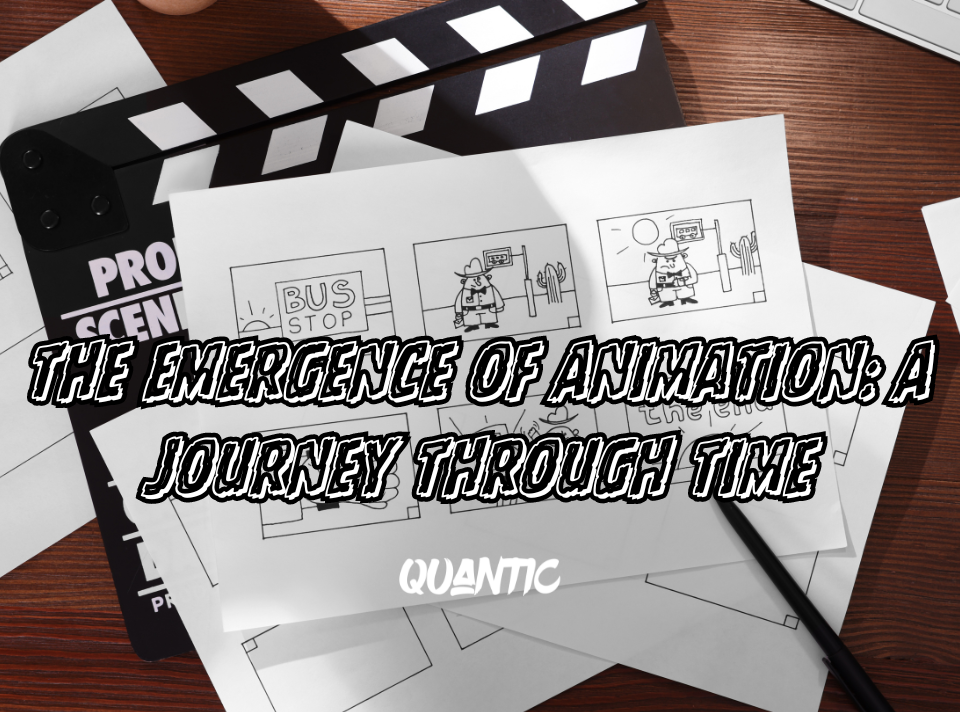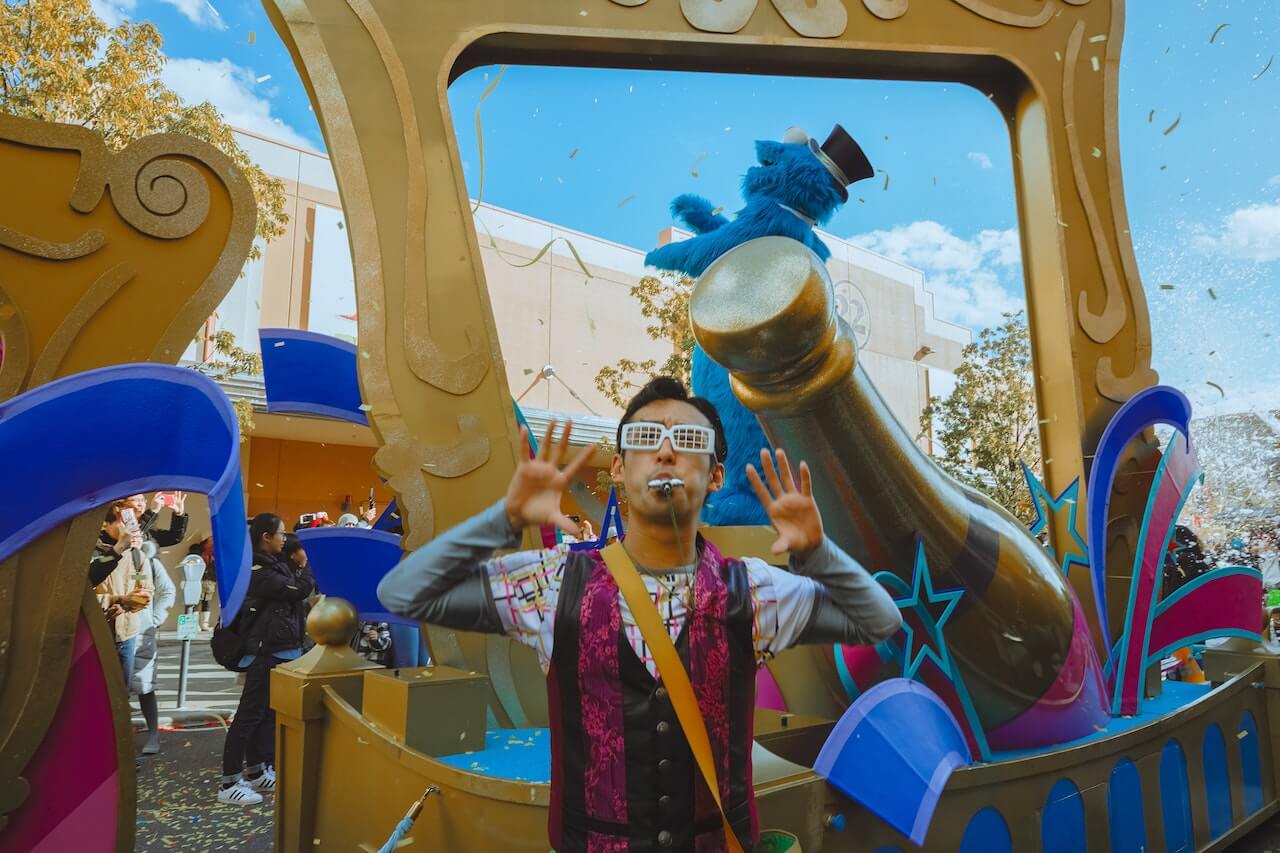
Best international animation festivals
May 23, 2023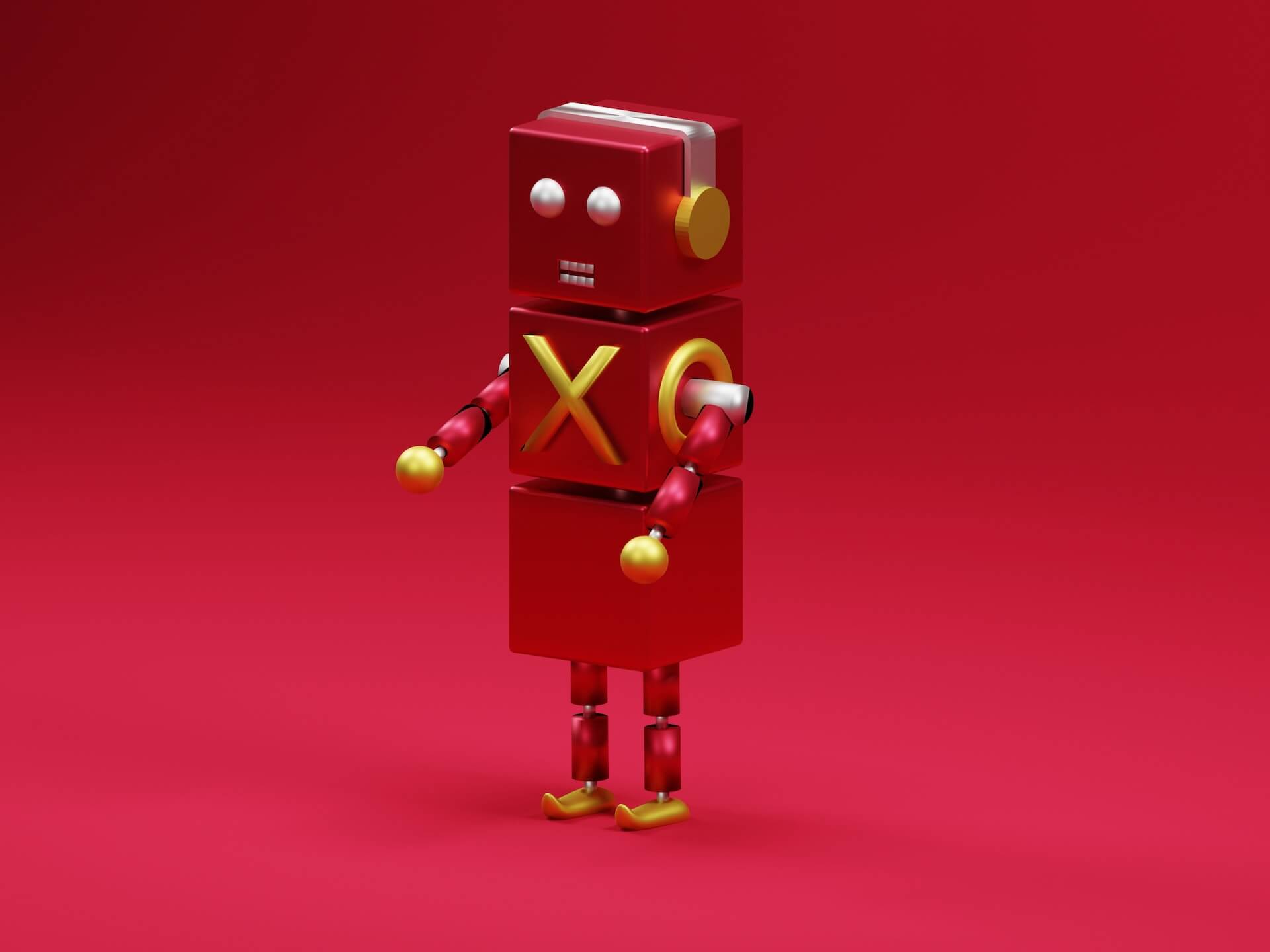
The Art of Visual Storytelling
June 22, 2023In the animation industry, technology has always been a key driver for advancement and innovation. In recent years, artificial intelligence (AI) has emerged as a powerful tool in the field of animation, revolutionising the way characters are created, visual effects are generated and the creative process is optimised. In this study, we will explore the role of artificial intelligence in professional animation, its current applications and its impact on the industry.
The evolution of animation
Animation has come a long way since its beginnings, when it was done manually, frame by frame. With the advent of digital technology, animation techniques have become more sophisticated and accessible. However, the creation of characters and the generation of realistic movements have been constant challenges for animators.
Applications of artificial intelligence in animation
Artificial intelligence has found applications in several areas of animation. One of them is character generation. By using machine learning algorithms, animators can train an AI model to create virtual characters with realistic human behaviour and expressions. This significantly reduces the time and effort required to design and animate characters from scratch.
Another area where AI has had a major impact is in motion generation. AI-based motion capture systems allow animators to record human actors performing movements and then transfer those movements to digital characters. This provides an unprecedented level of realism and detail in 3D animation.
Artificial intelligence has also been used to generate stunning visual effects. AI algorithms can analyse large volumes of data and learn to realistically recreate natural phenomena such as fire, water or explosions. This helps animators to create stunning and convincing visual effects.
Benefits and challenges
The incorporation of artificial intelligence in professional animation has brought numerous benefits. Firstly, it has accelerated the production process by automating tasks that previously required a lot of manual time and effort. This allows animators to concentrate on more creative aspects of their work and to complete projects under tighter deadlines.
In addition, AI has improved the visual quality of animation by enabling greater precision in movement, lighting and special effects. AI-generated characters also have the ability to express emotions more realistically, creating a deeper connection with the audience.
However, there are also challenges associated with using artificial intelligence in animation. One of these is the cost of implementing and maintaining advanced AI systems. These systems require powerful hardware and trained experts to operate them, which can be a barrier for small 2D animation studios.
Another challenge is finding the right balance between the use of artificial intelligence and the human artistic touch. While AI can automate many tasks, creativity and artistic vision remain central to the animation process. It is important that animators use artificial intelligence as a complementary tool and not as a replacement for their creative talent.
Conclusions
Artificial intelligence is transforming the animation industry, bringing new creative possibilities and improving production efficiency. From character generation to the creation of stunning visual effects, AI is redefining the boundaries of what is possible in professional animation.
While there are challenges associated with the use of artificial intelligence, its proper incorporation can propel the industry forward and enable the creation of more realistic and captivating animations. As technology continues to advance, it is exciting to imagine how artificial intelligence will continue to evolve and enrich the field of animation in the future.

